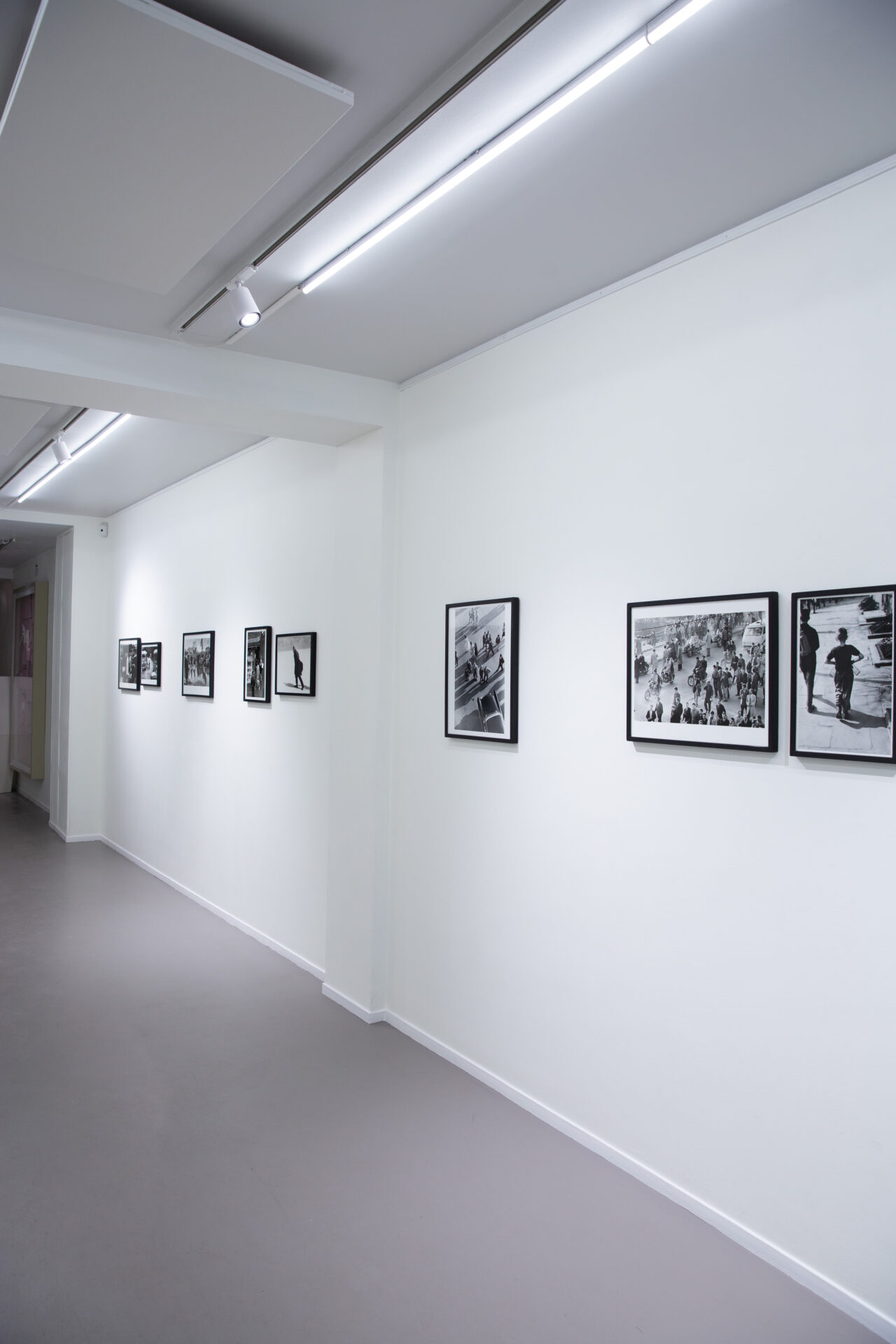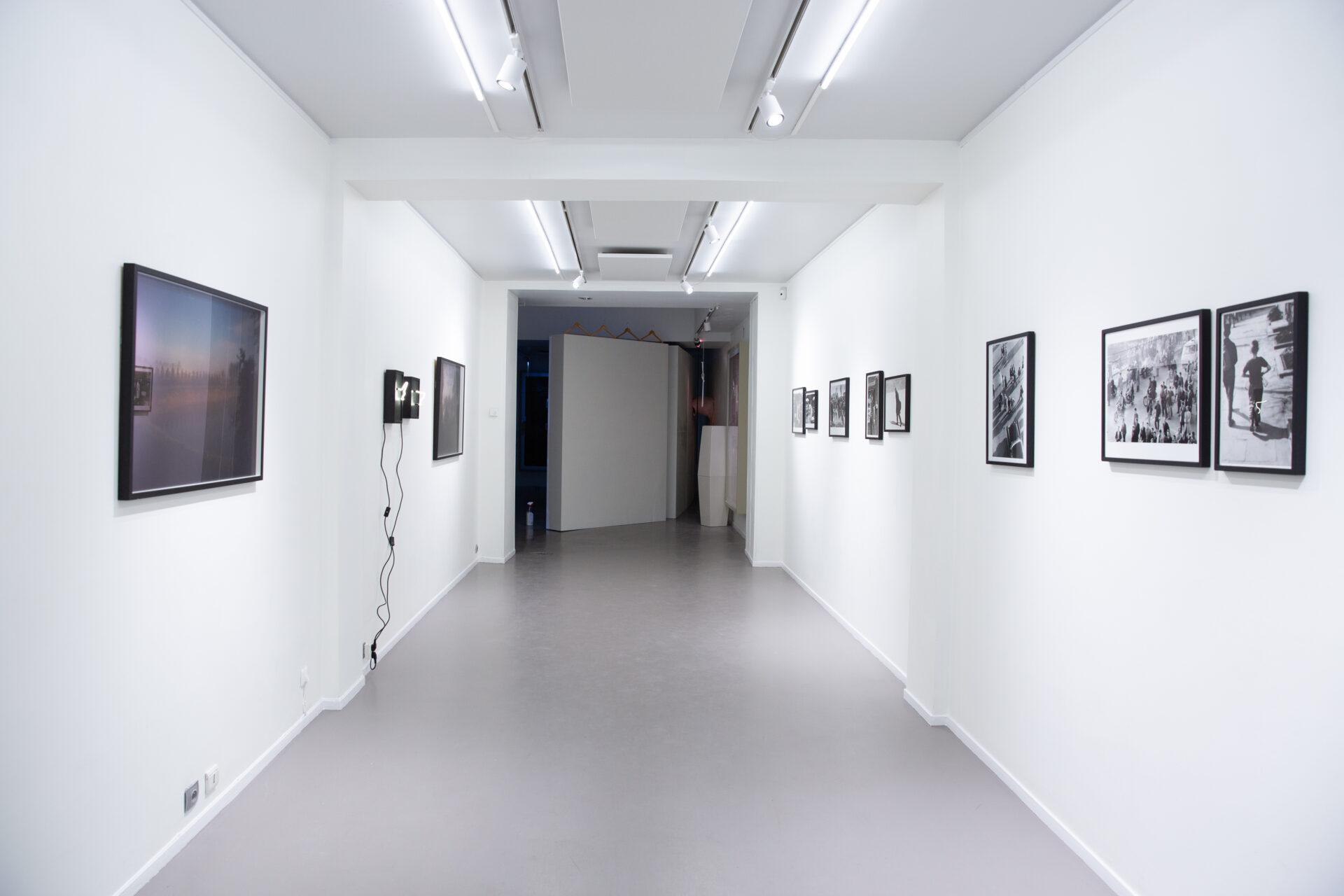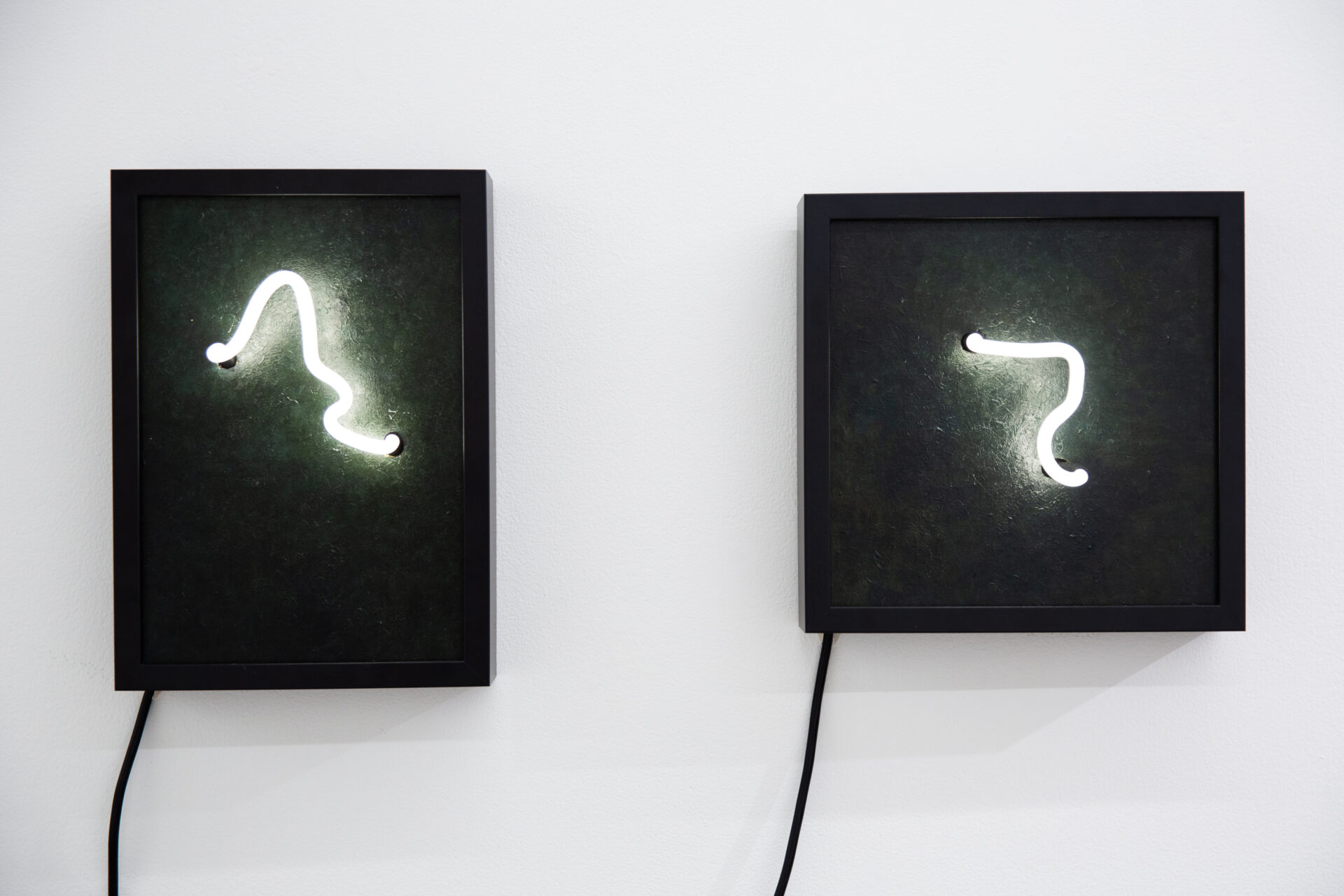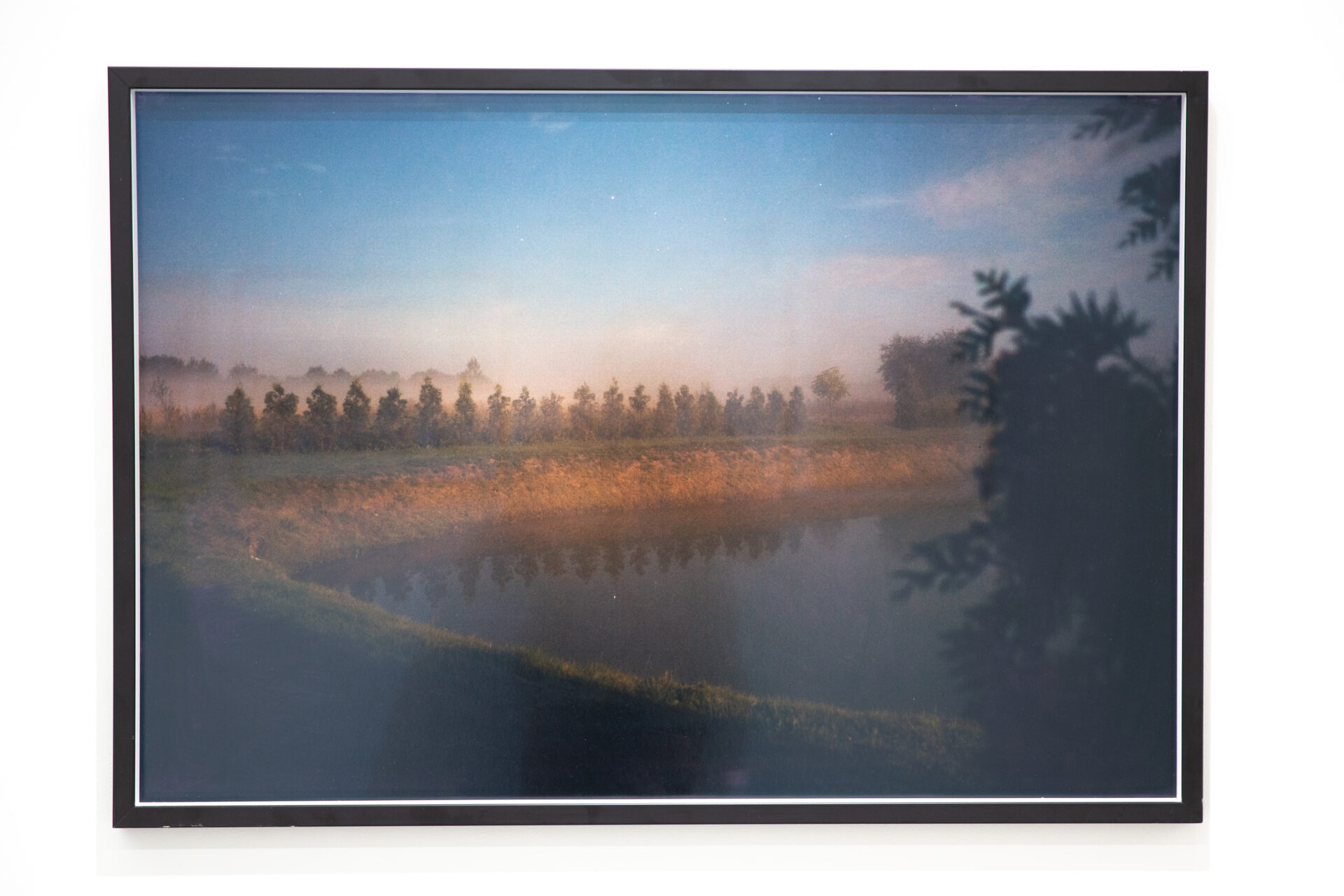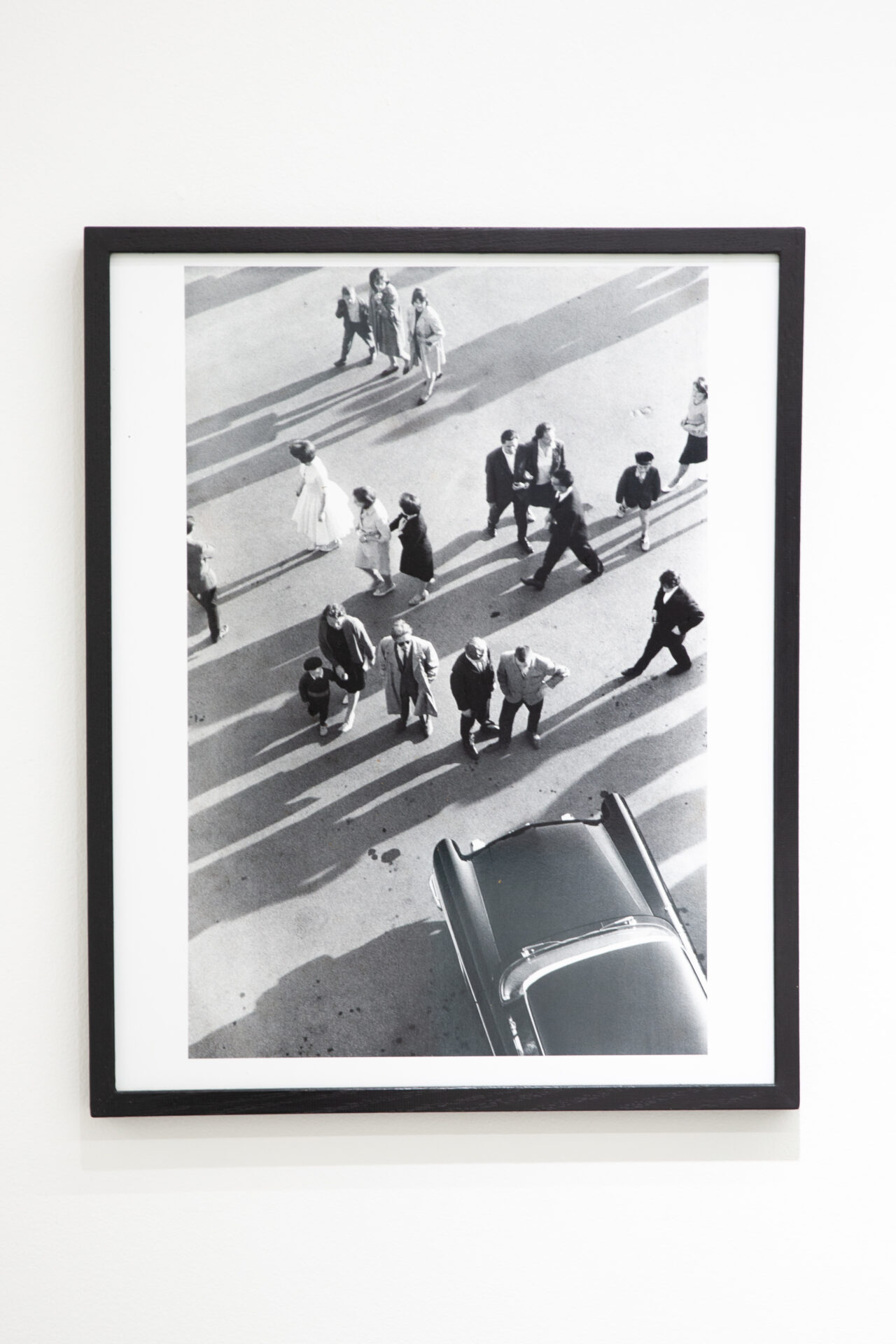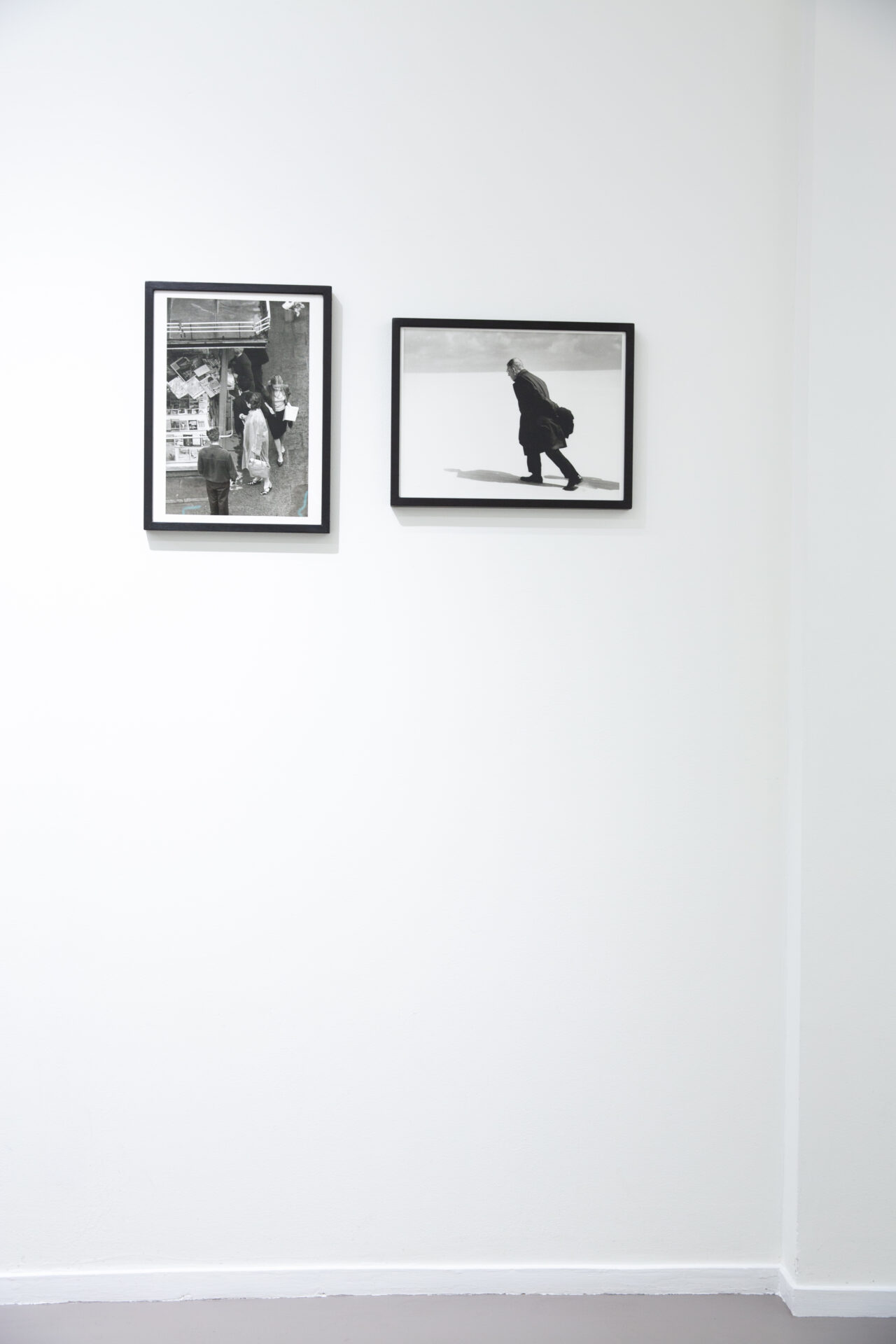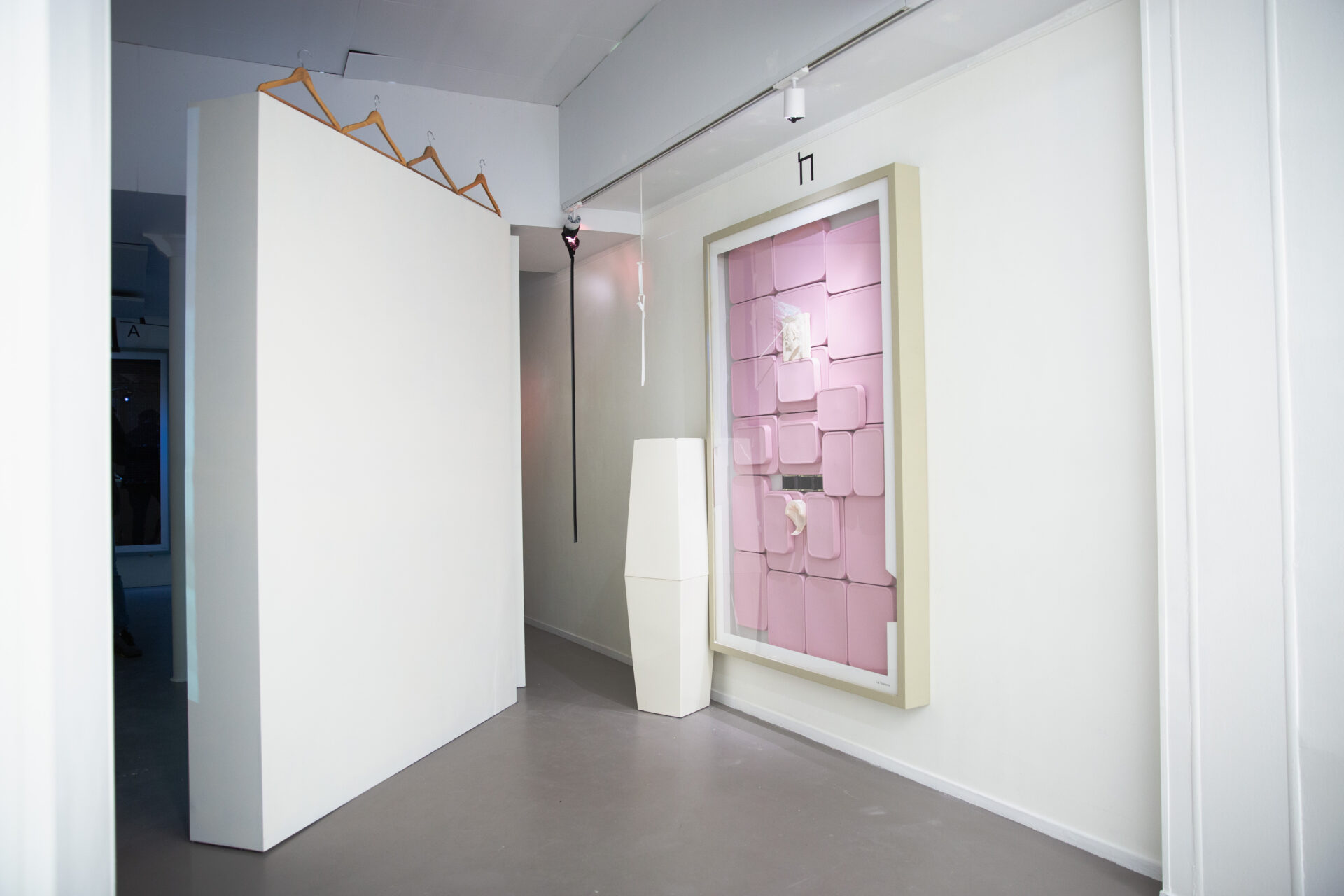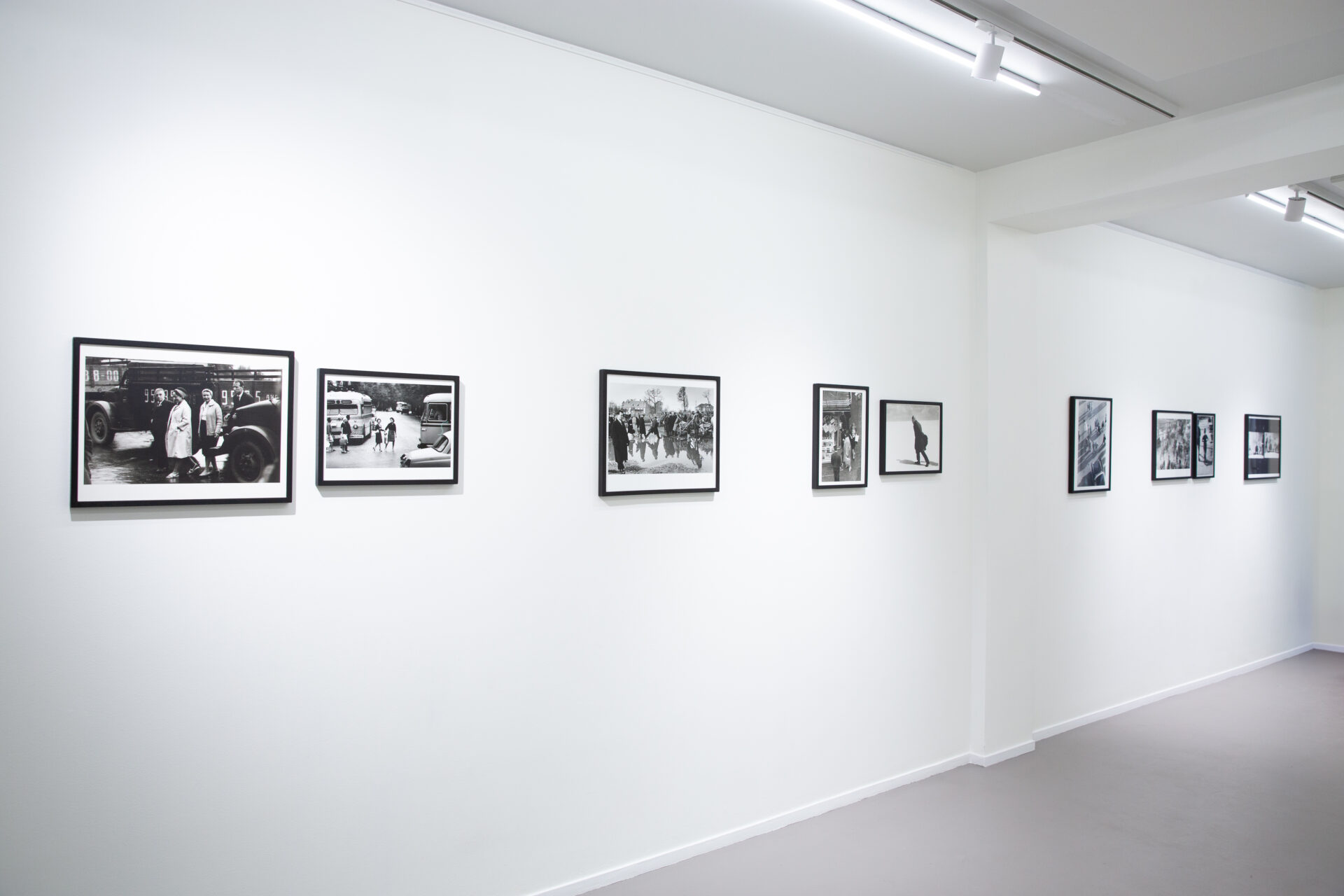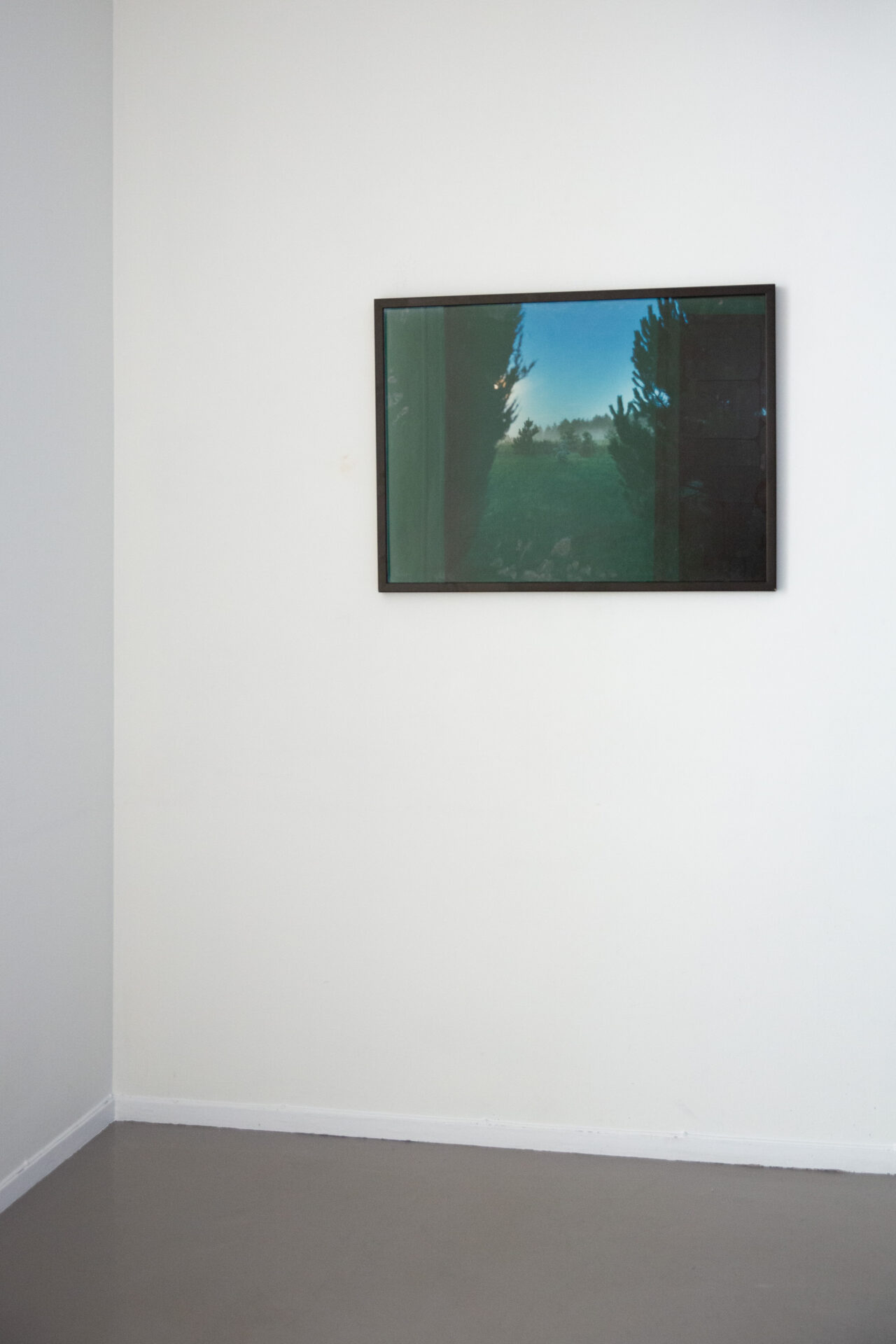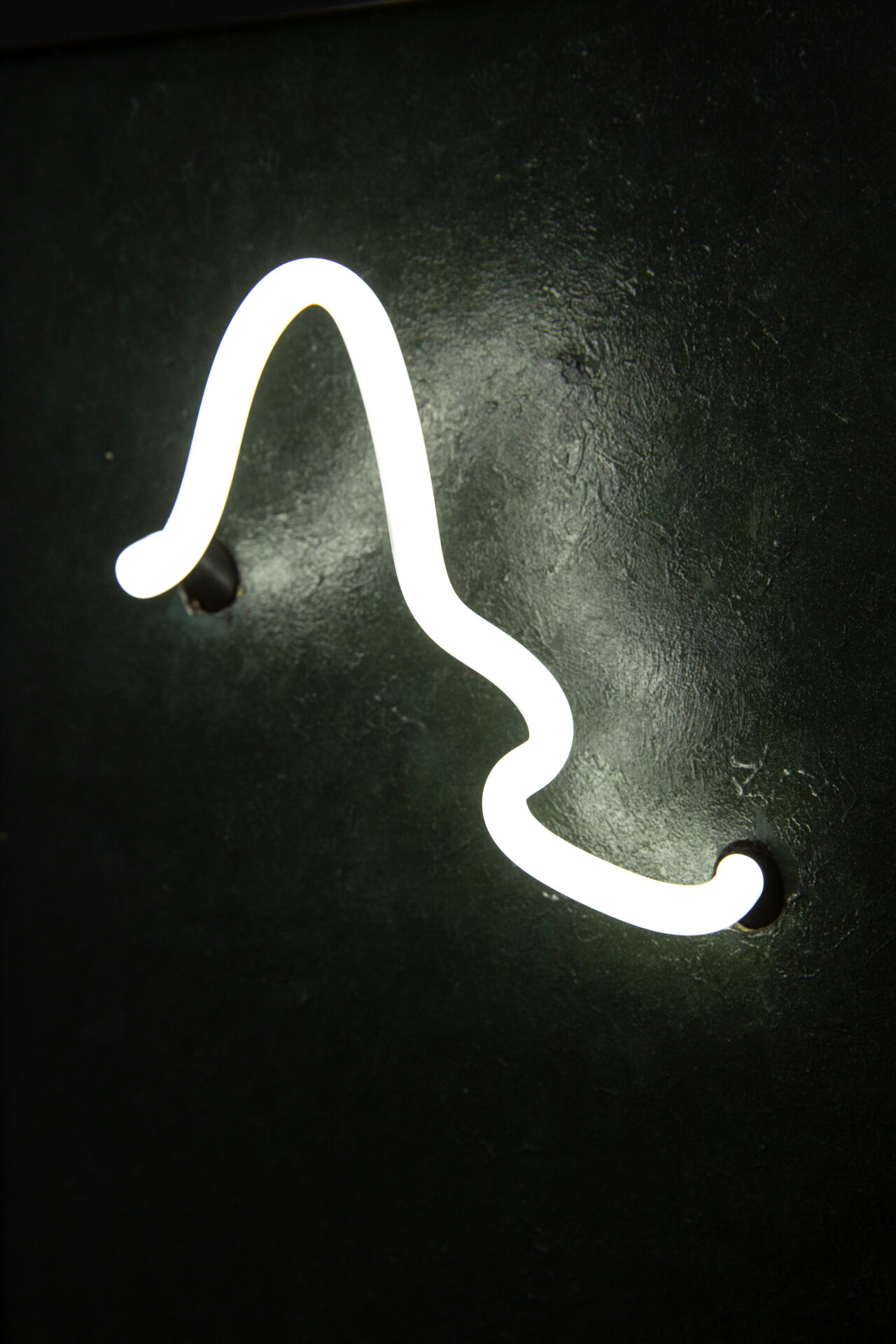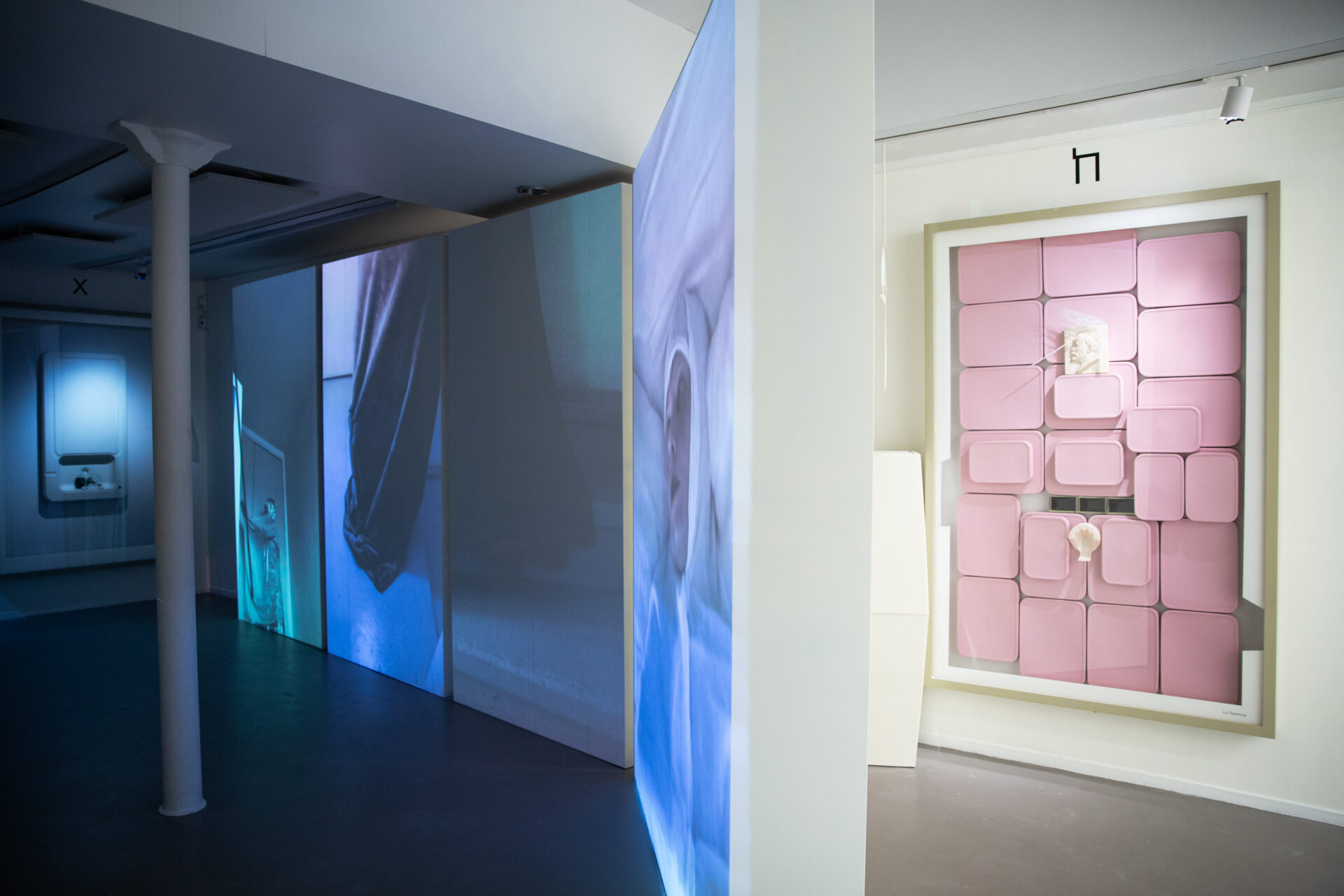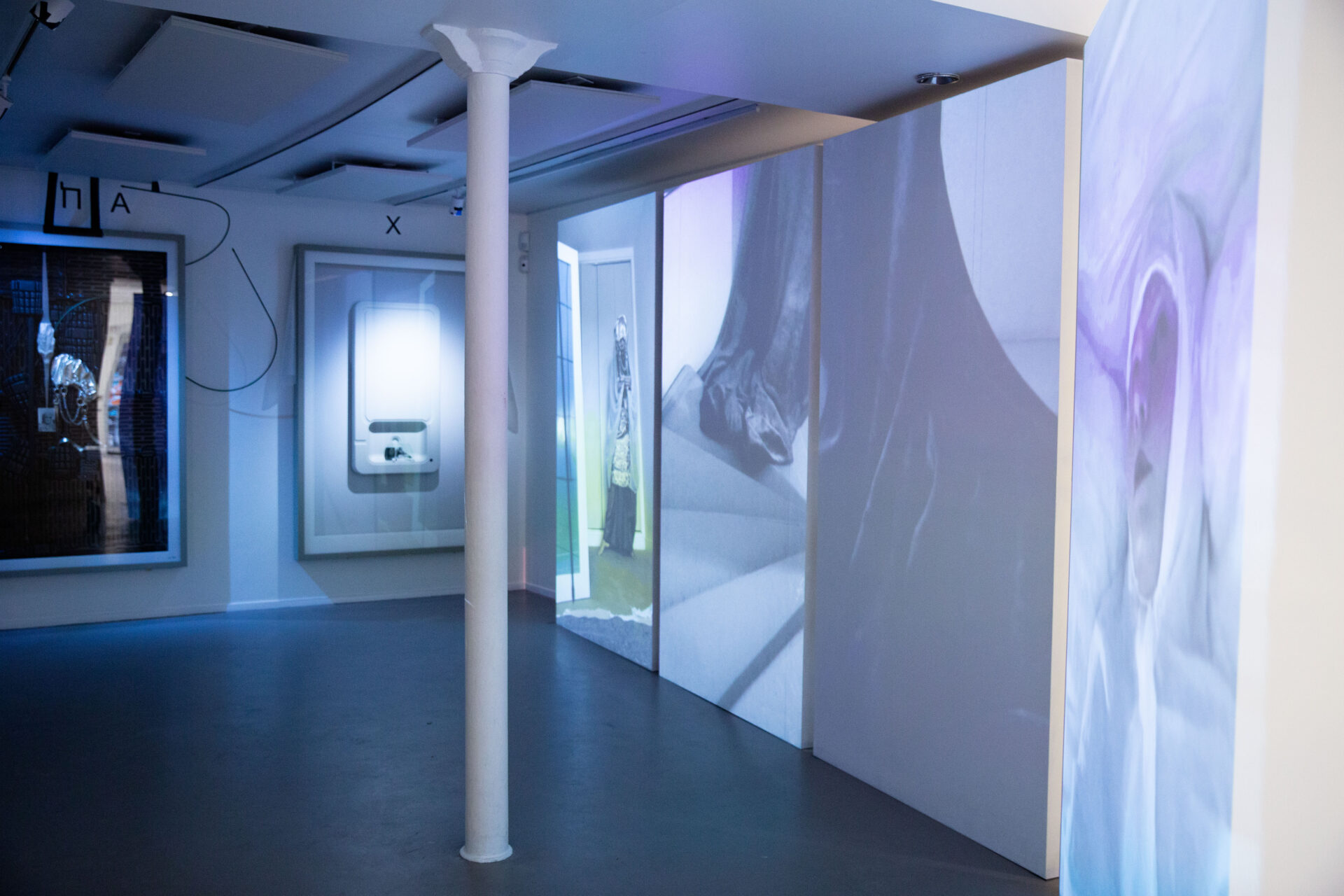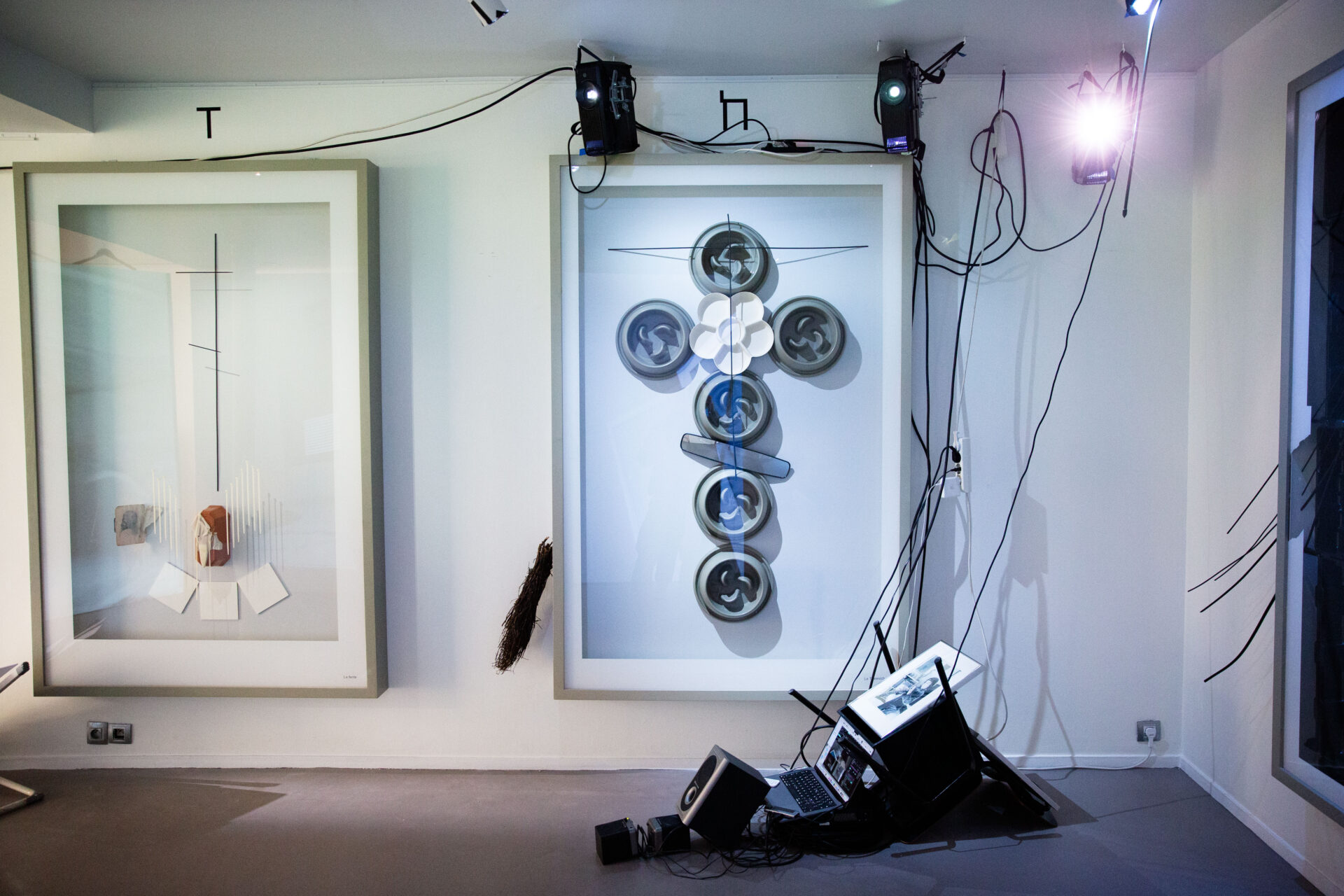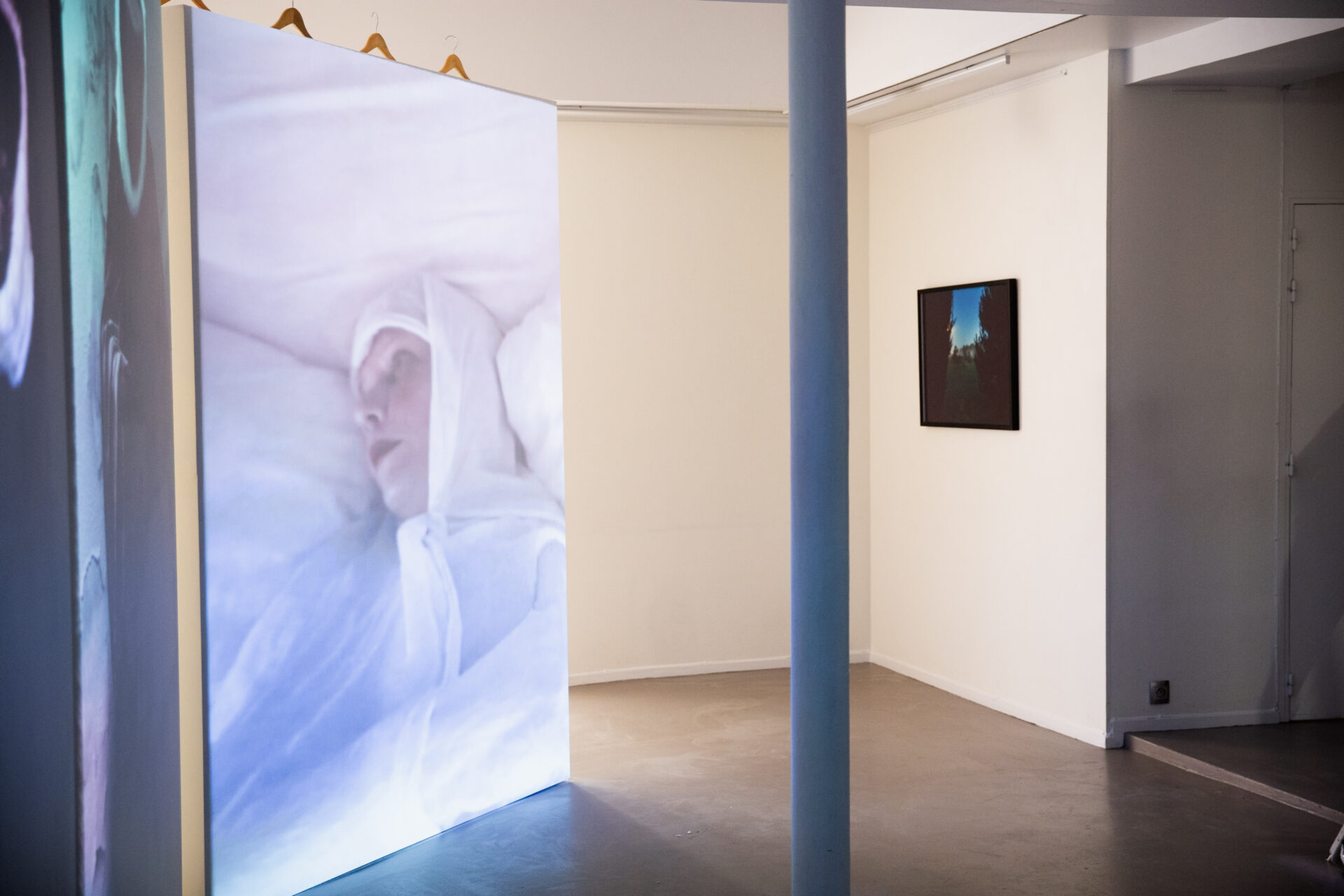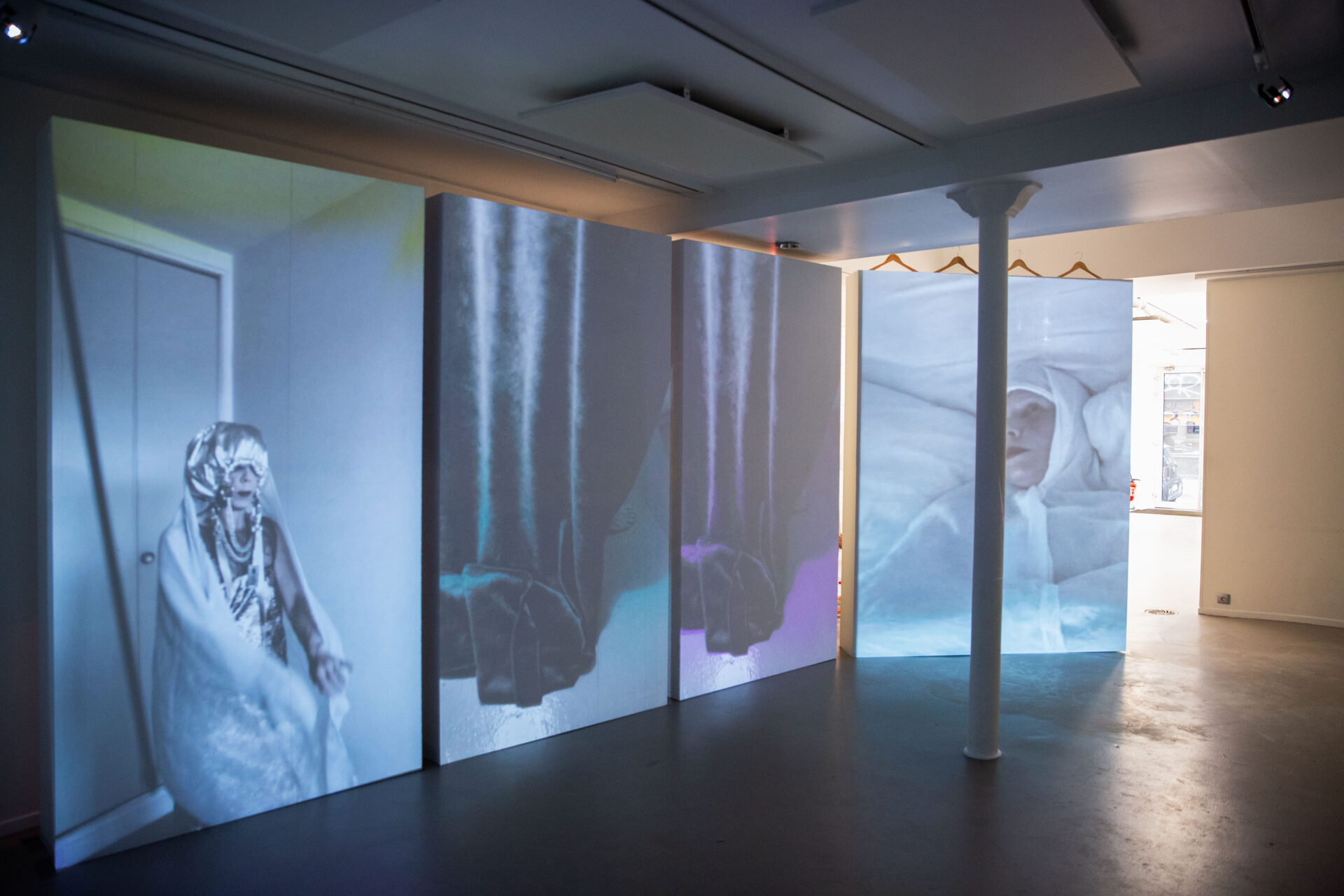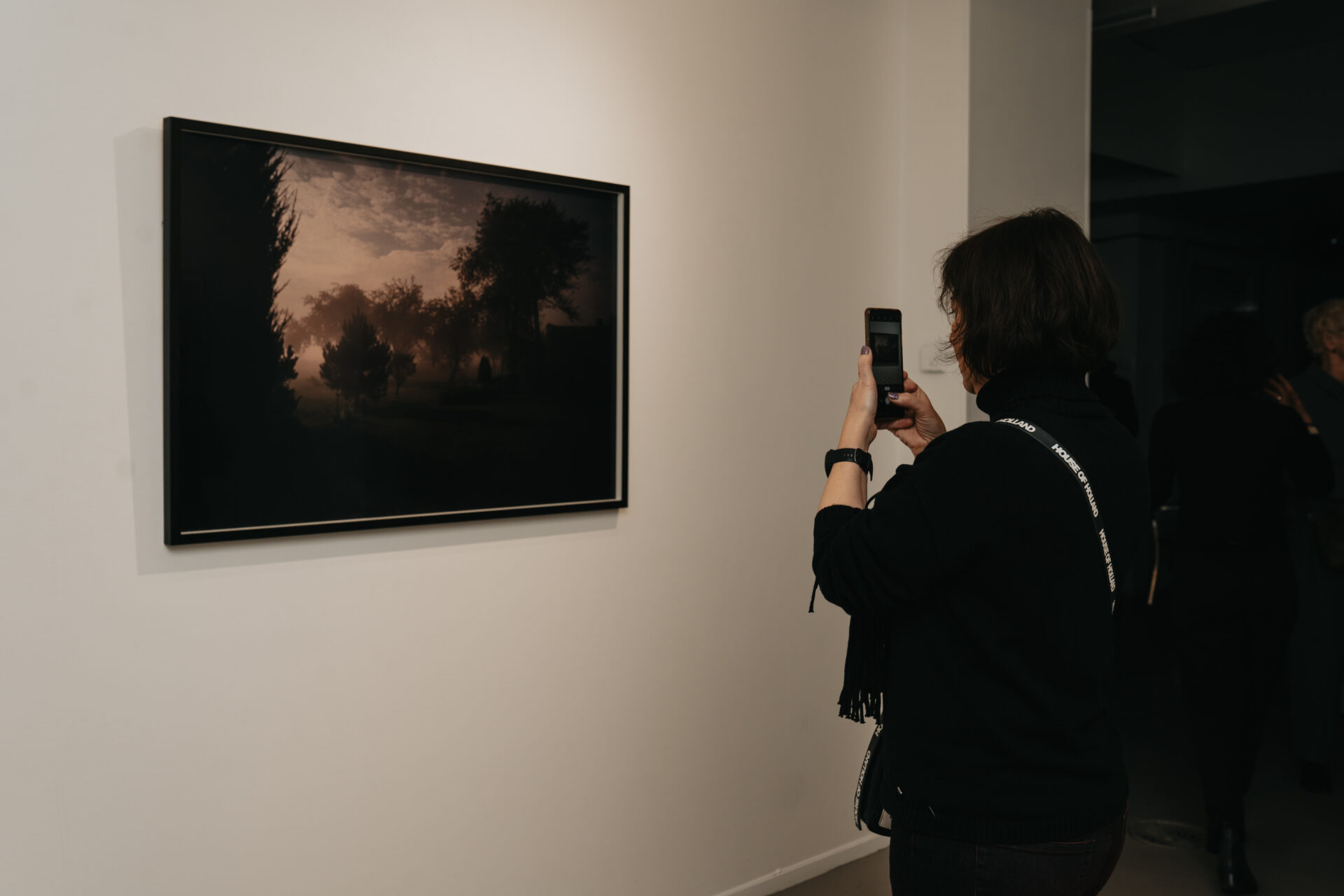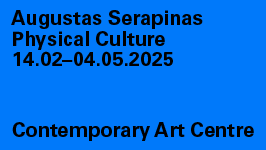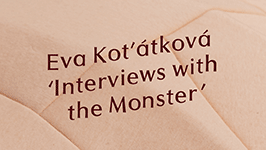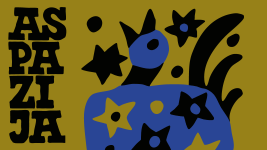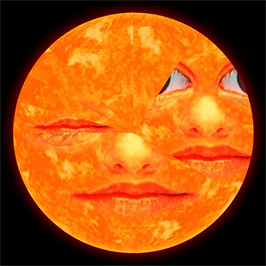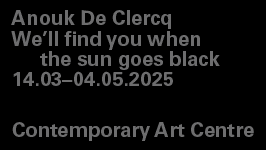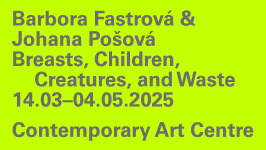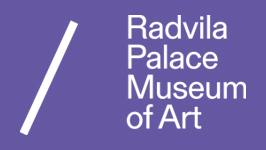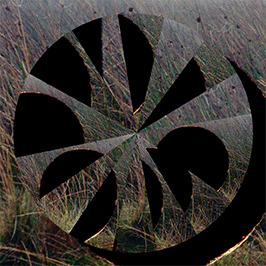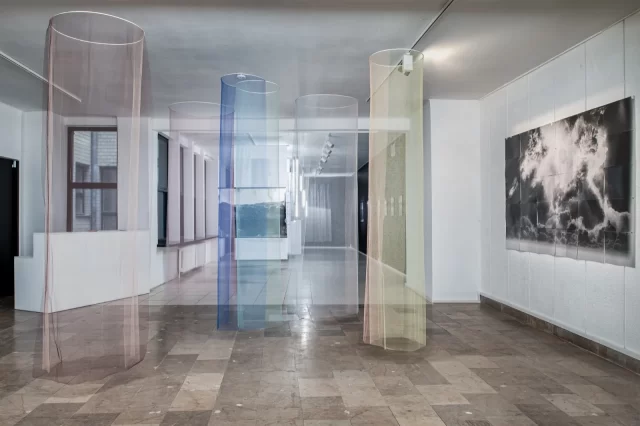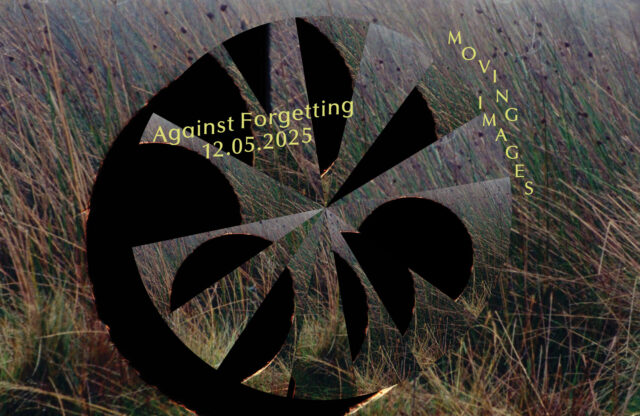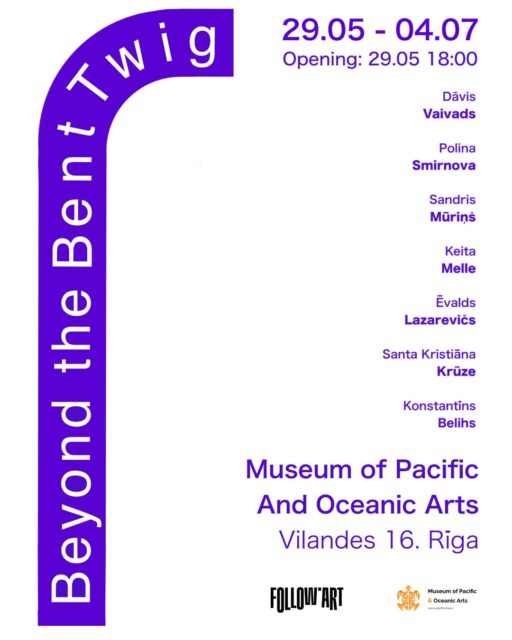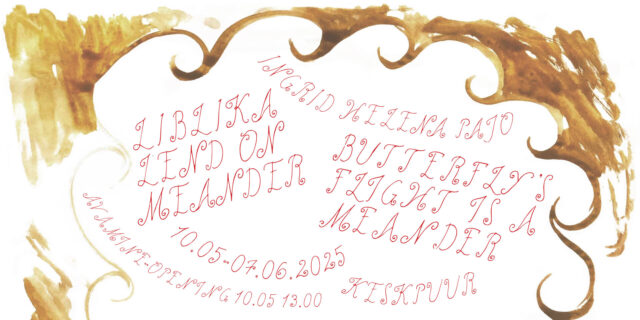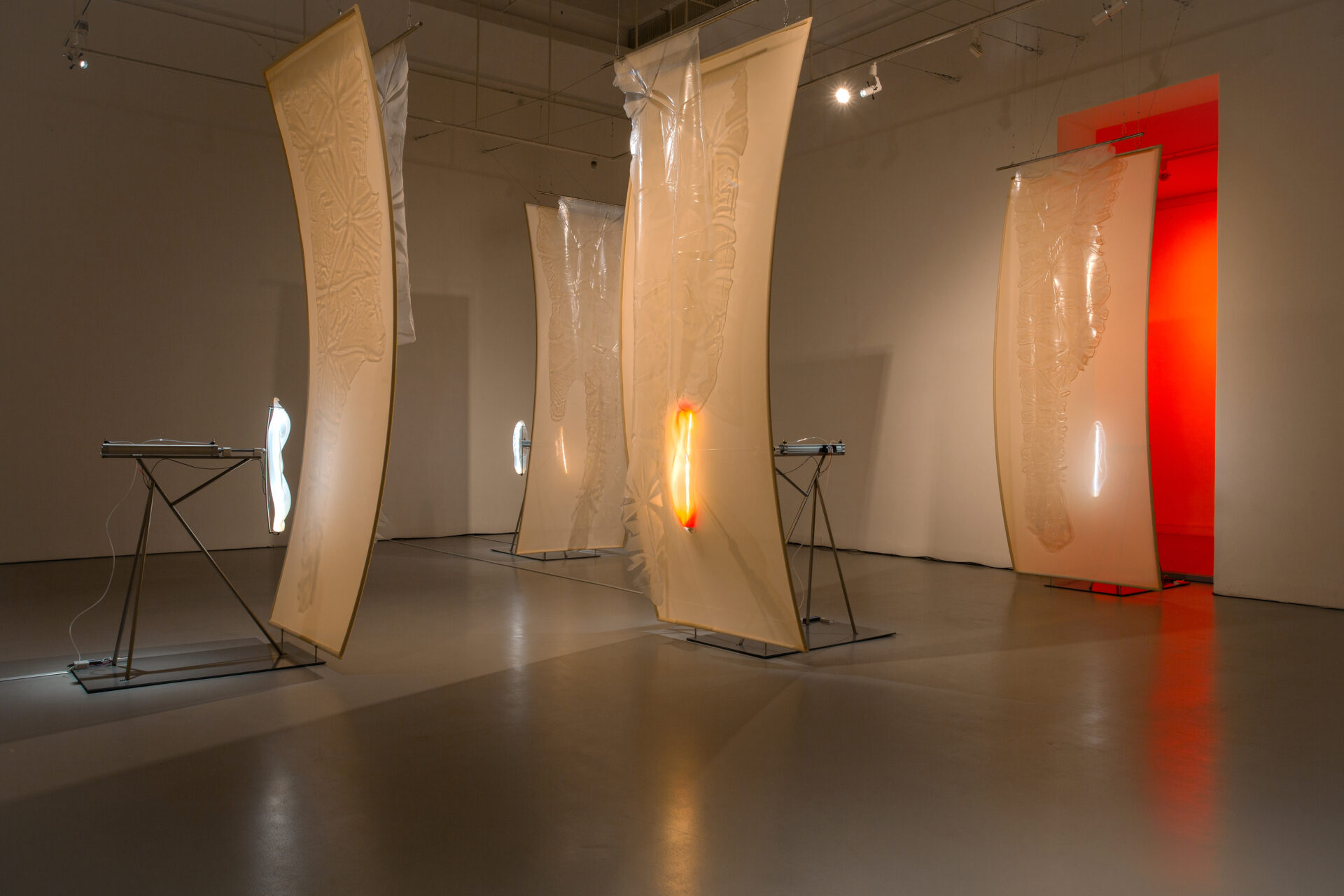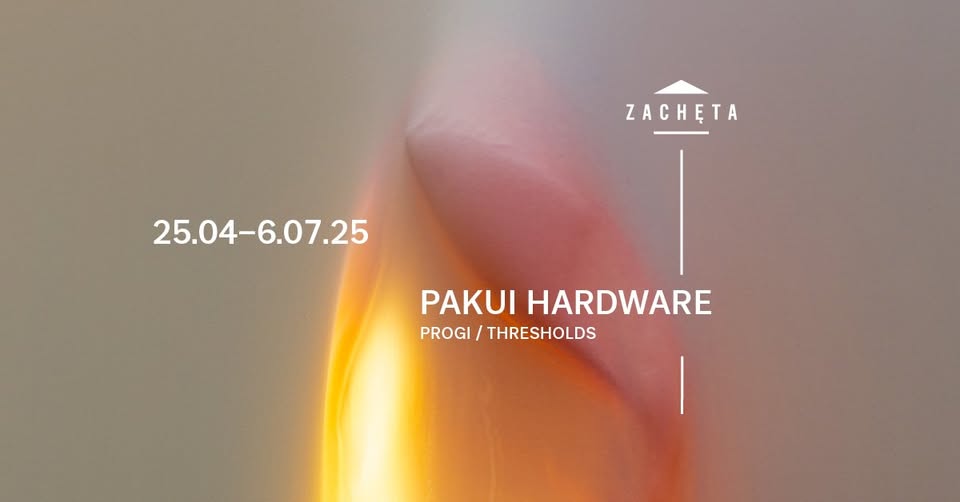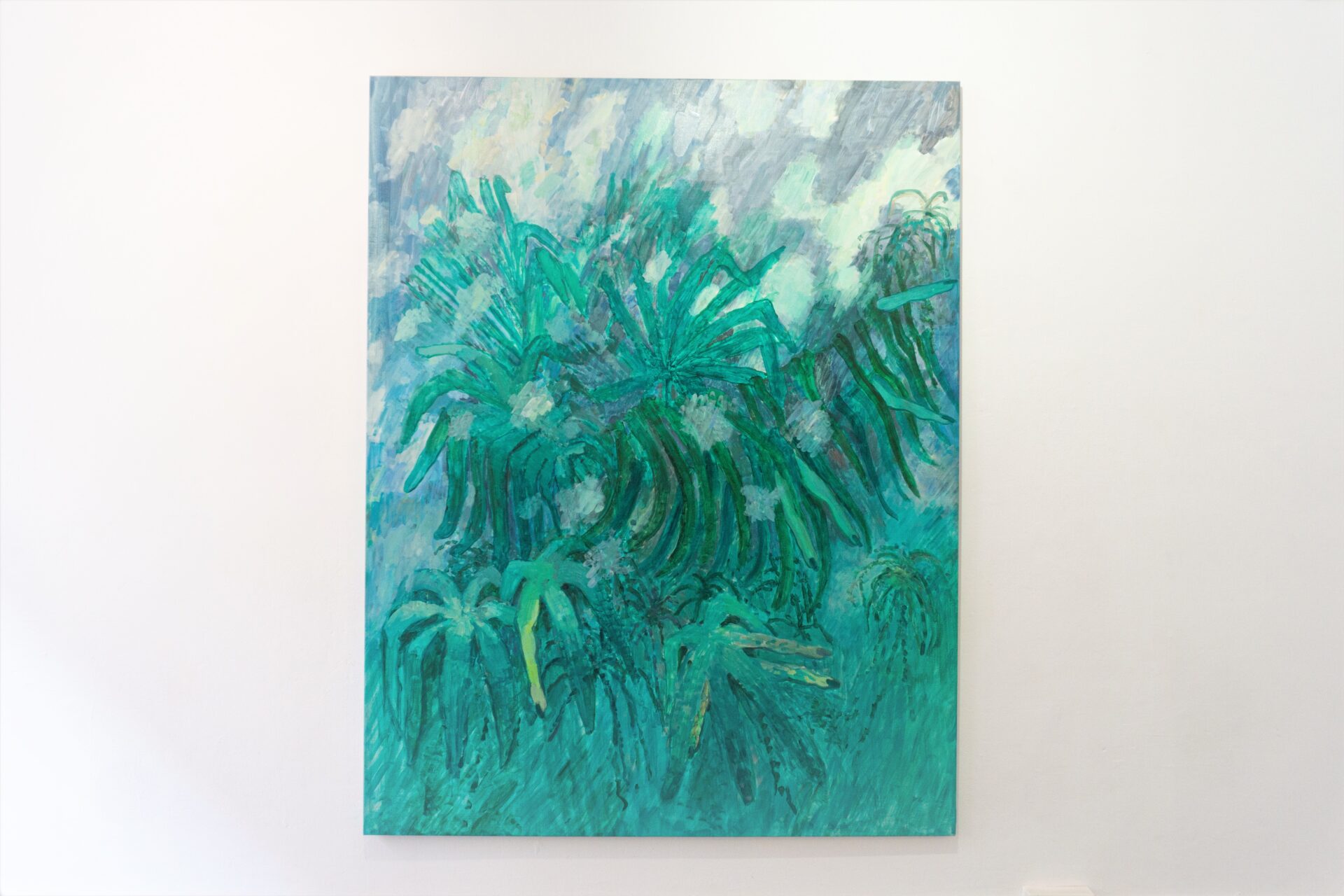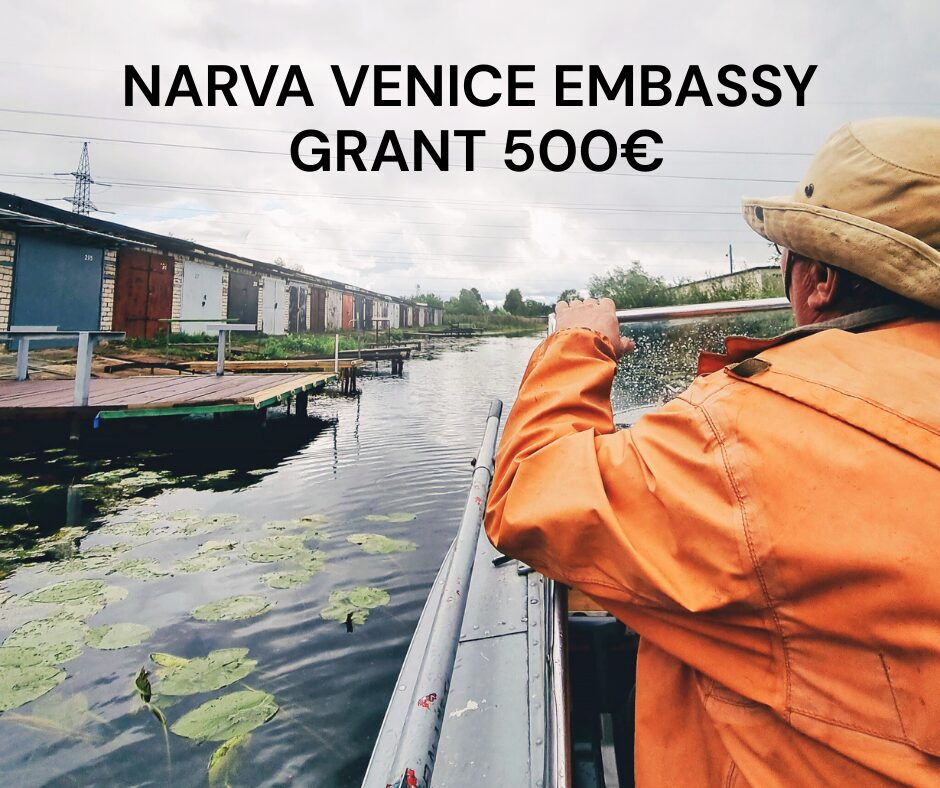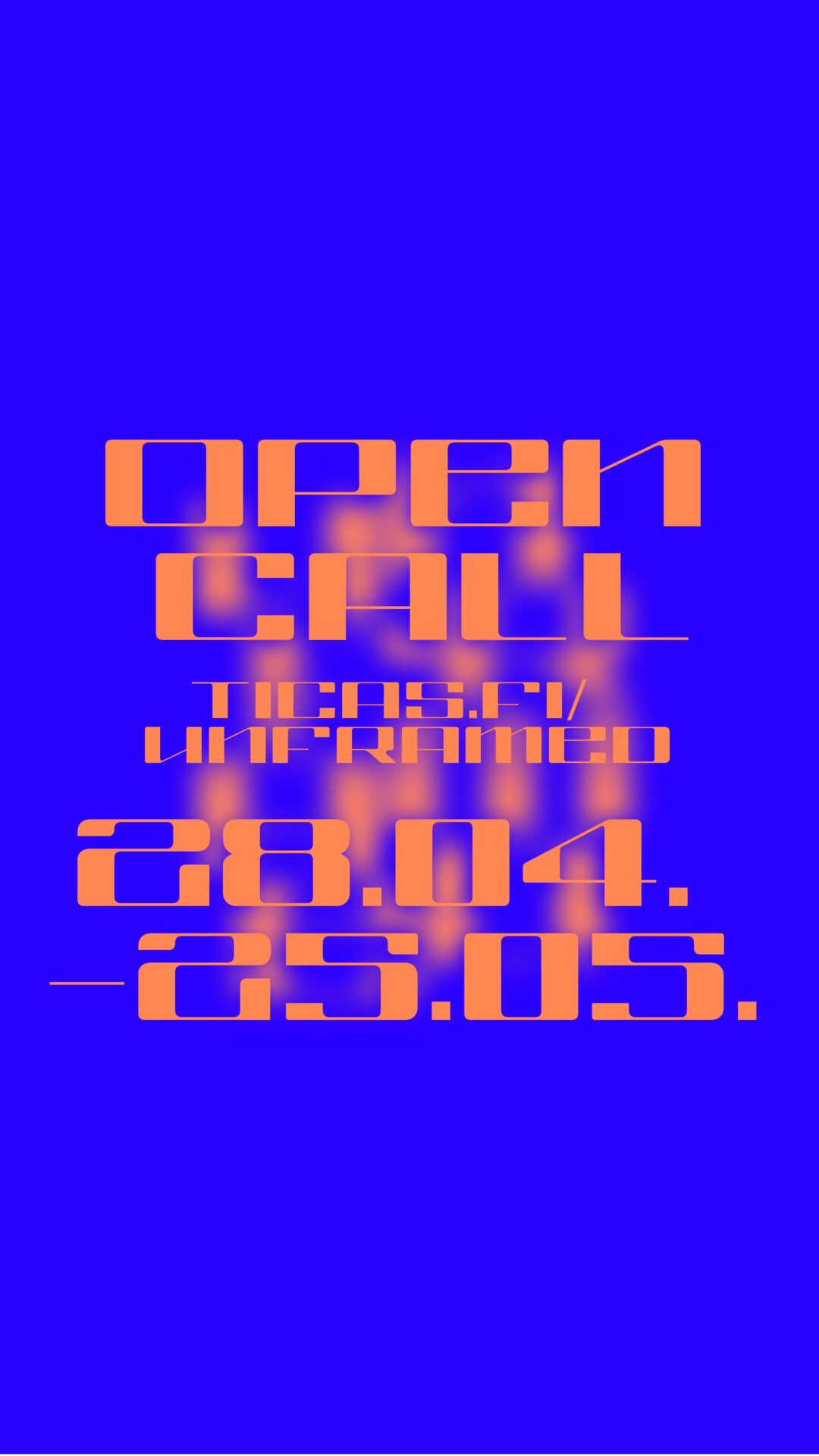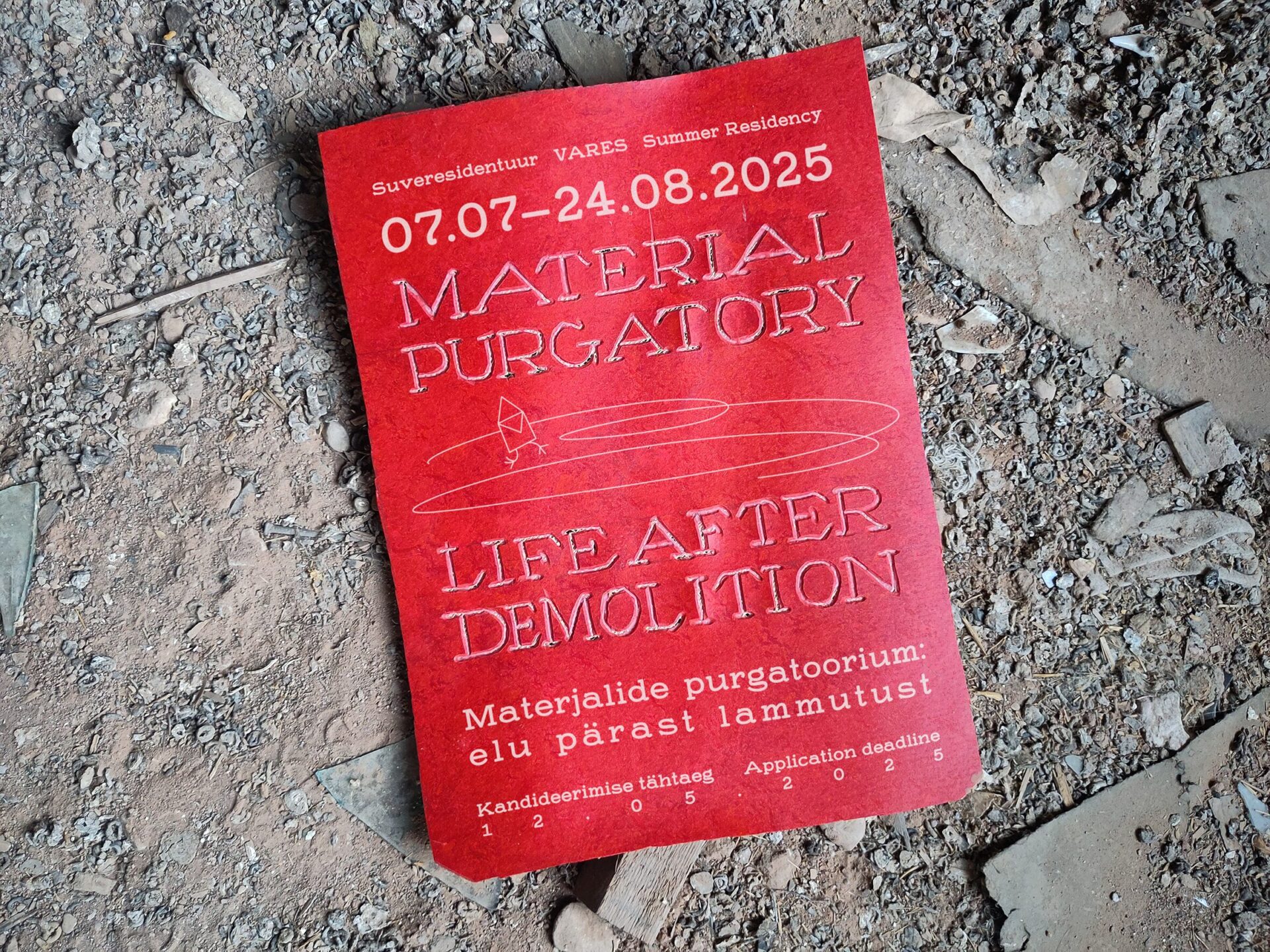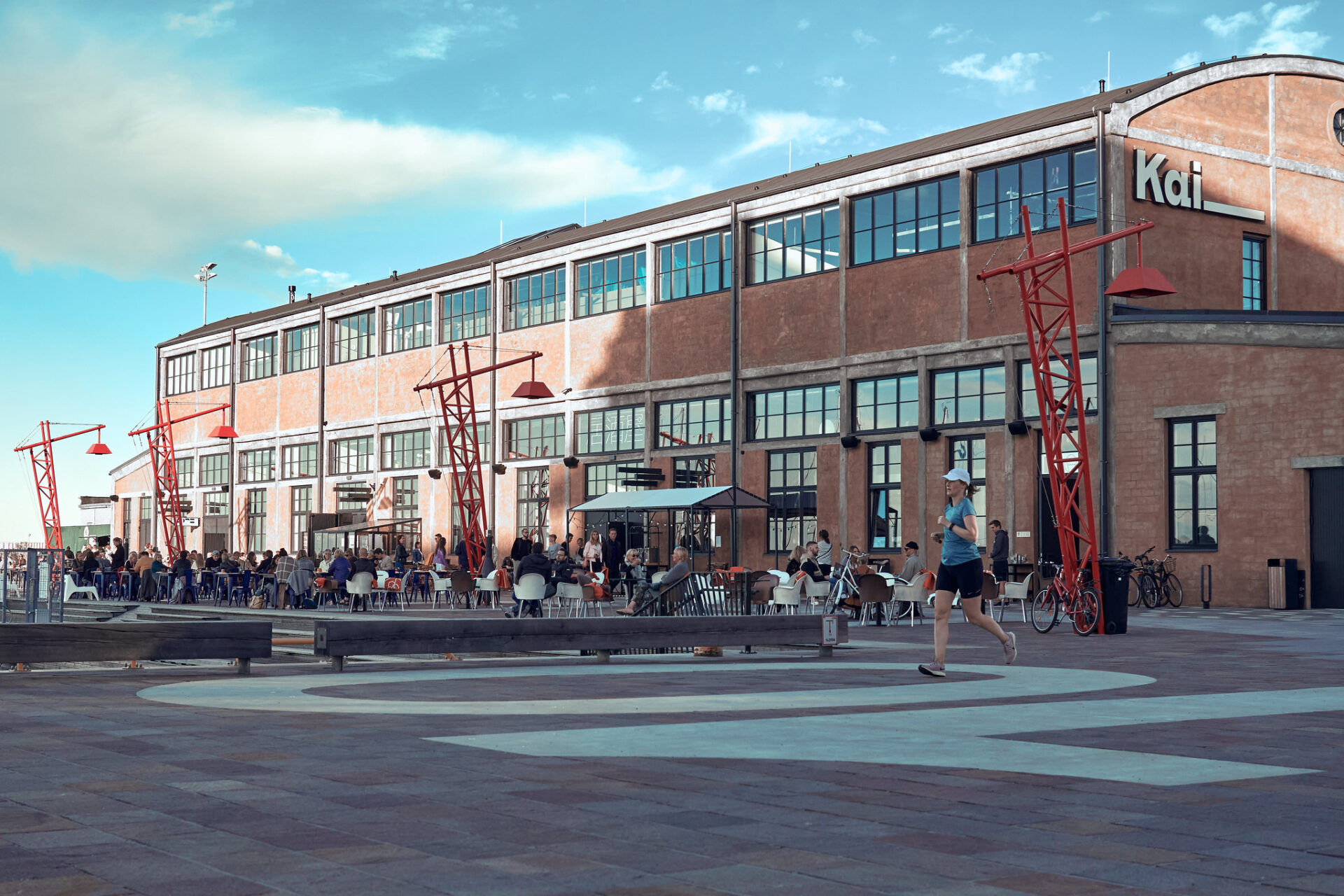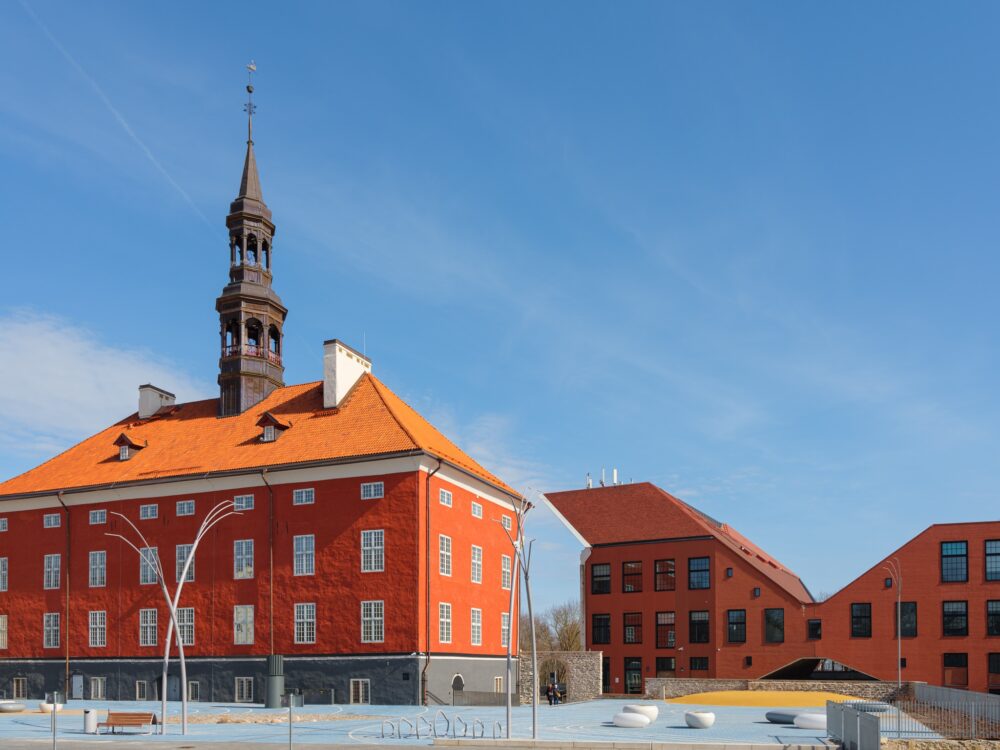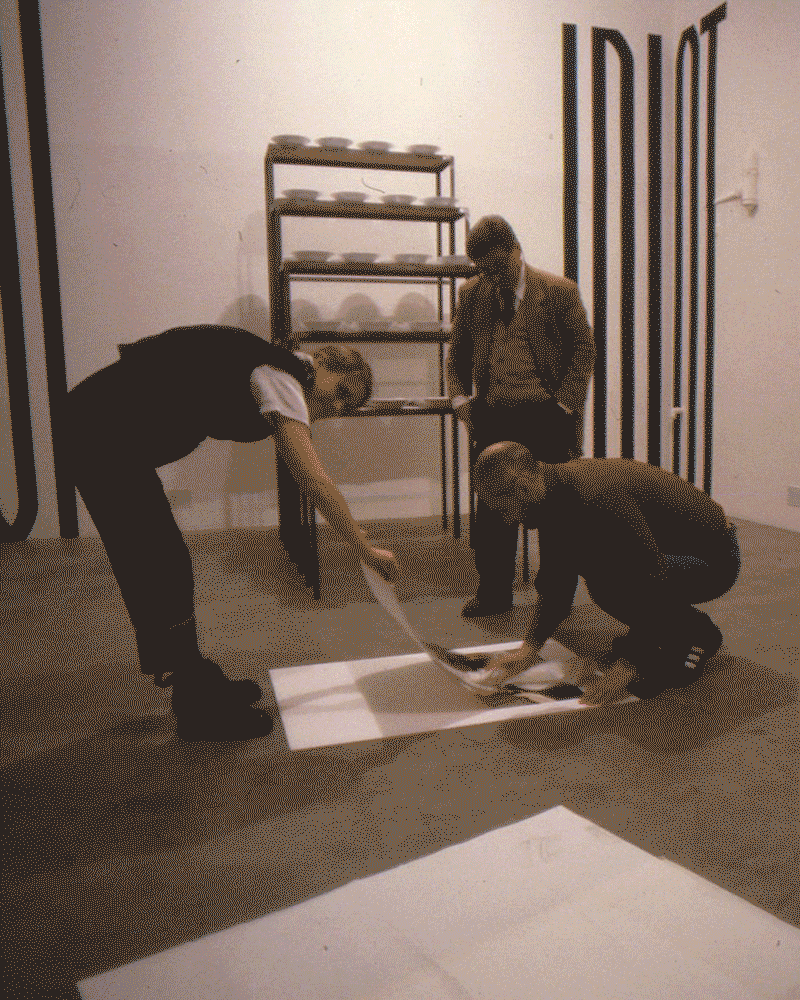During the Lithuanian cultural season in France this November, coinciding with the Paris Photo art fair when all Parisian galleries focus on photographic art, a group exhibition titled Held Breath was unveiled. The Lazarew gallery, located in the artistic Marais district, showcased the works of outstanding Lithuanian artists: photographs by one of Lithuania’s most renowned photography masters, Antanas Sutkus; an installation by the Lithuanian-French duo SetP Stanikas; and interdisciplinary creations by Audra Vau.
“We rarely entrust the keys to our gallery to outside curators, but the project proposed by Julia Palmeirao, presented as part of the Lithuanian Season, felt very powerful, given the tense state of today’s world, which could be ignited by the slightest spark. These varied perspectives of the artists featured in the exhibition on the fragility of the moment testify to the power of irony, poetry, and art as wonderful tools of resistance.” – Laura de Pontcharra, gallerist at The Lazarew gallery.
The Lazarew gallery was transformed into three temporal spaces, each exploring human memory and emotions. According to the exhibition’s curator, Julia Palmeirao, “This exhibition immerses viewers in a state of undefined time and space. It fundamentally explores the theme of resistance through beauty. The title Held Breath can be interpreted in two ways: it can arise from awe, or it can be the consequence of a traumatic threat. Each of us has faced situations that shocked us, that changed us. Depending on our perspective, these experiences either help us grow or destroy us. The artists presented in this exhibition are united by a shared historical memory and the traumatic experience of an occupied nation. Their creative expressions are filled with references to self-healing, memory preservation, and states of held breath.”
Antanas Sutkus is a globally renowned artist, and France is no exception in recognizing his work. He has received numerous prestigious awards, including Lithuania’s National Culture and Art Prize, the Order of the Lithuanian Grand Duke Gediminas, the Erna and Victor Hasselblad Foundation Scholarship, the Erich Salomon Award from the Deutsche Gesellschaft für Photographie, and the distinguished French Order of Arts and Letters. A representative of humanist photography, Sutkus evokes in the French a sense of Robert Doisneau or Henri Cartier-Bresson. His playful gaze goes beyond merely documenting and showcasing the daily lives of his contemporaries and avoids getting tangled in the confines of geometric compositions. Sutkus’s framing, always varied—both deliberate and spontaneous—embraces moments of chance. For the Held Breath exhibition, photographs were selected that capture the atmospheric essence of the era. These images convey an intense sense of life, yet time seems to stand still within them. Knowing that these photos were taken during the Soviet occupation, a period when Lithuania was not free, brings a dual feeling when viewing them. Despite the lack of freedom of speech and expression, people dressed up, gathered together, and the photos convey an impression of carefree living. However, with an awareness of the era’s geopolitical context, this quiet defiance against the regime leaves one breathless.
The work of SetP Stanikas is well-known to French audiences. The artist duo has lived in Paris for nearly three decades, with their pieces shown in notable art venues like the Centre Pompidou, Palais de Tokyo, Jeu de Paume, and others. As part of the Lithuanian Cultural Season in France, a major solo exhibition, Les Origines, is currently being held at the Lithuanian Embassy in France and has already attracted over 1,500 visitors. In the Held Breath exhibition, the duo presents video works, photographs, and assemblages titled Horror Film. These works, imbued with biting irony, are reminiscent of the king’s rum jesters, who clearly show the short-sightedness and transience of power through the prism of sarcasm. Using a metaphorical language, the artists remind us that the haunting horror of the past lingers close by, always present. The music from Modest Mussorgsky’s opera that accompanies the installation deepens this feeling. “The composition is both repulsive on the surface—since it incorporates wartime musical fragments that, for those of us who lived under occupation, evoke associations of oppression and lack of freedom—and compelling with its Western complexity of musical composition. This contrast enhances the tension in the installation, making you want to hold your breath,” explains SetP Stanikas.
Audra Vau’s work is not being presented in France for the first time. She has participated in a group exhibition of Vilnius artists in Paris and was featured at the OVNi video art festival in Nice. In this exhibition, the artist presents her photography series Held Breath, a title that was also borrowed for the exhibition itself. Audra Vau captures landscapes illuminated by the full moon in various regions around the world. These nighttime scenes reveal the eternal in the transient, and the absence of human figures allows an exploration of themes of identity and transformation, subtly highlighting the evolution of our understanding of humanity and our relationship with nature. Photographing at night, using the light of the full moon, is not about capturing the changing world but, rather, the eternal elements that remain unchanging. No matter the era, the full moon and nature remain the same, whether it was a thousand years ago or today. Nature, illuminated by the full moon, reveals an indescribable state where time seems to vanish—you can’t tell the age or the economic situation. It serves as a reminder that everything is temporary, except for what is eternal. The artist’s photographs explore both collective and personal trauma and the journey toward healing and self-restoration. The meditative process of photographing full moons with long exposures captures precisely that state of “held breath”—a moment where time seems to pause just before transformation occurs.
The exhibition is part of Lithuania’s Season in France 2024. It is organized in collaboration with the Lazarew gallery and partnered with the Klaipėda Culture Communication Center. The season is organized by the Lithuanian Culture Institute in partnership with the French Institute in Paris, with partial support from the Lithuanian Council for Culture.
Curators: Julia Palmeirao and Laura de Pontcharra
Location: Lazarew Gallery, 14 rue du Perche, 75003 Paris.
The exhibition runs until November 30.
Photography: Thomas Bresteau / grama
